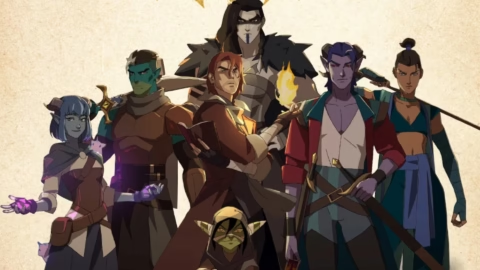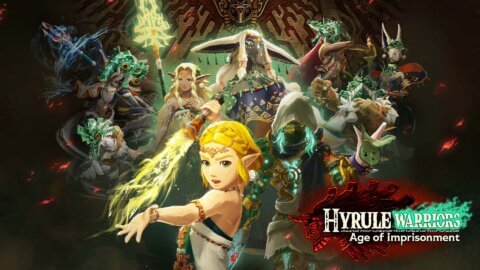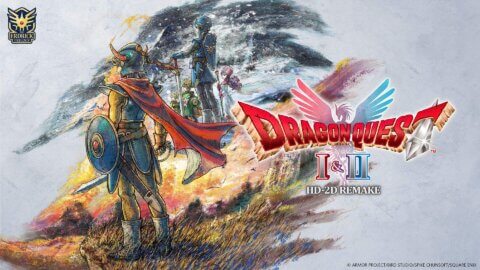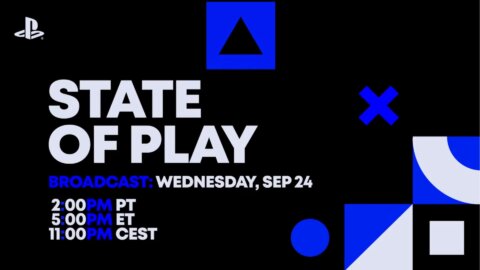When Ghost of Yotei was first announced, I wasn’t exactly sure what to expect. I loved Ghost of Tsushima, and while I wanted more of that world, I also didn’t want a sequel that just rehashed old ideas. What Sucker Punch delivered instead is something smarter, a successor that builds upon Tsushima’s core systems and design philosophy but stands completely on its own. It’s not a direct sequel, it’s set hundreds of years later, in the region of Ezo, with an entirely new cast and story. That separation gives Yotei freedom. It’s accessible for new players, respectful to fans of the original, and confident enough to carve its own identity. From the moment I rode toward the looming shadow of Mount Yotei, I knew this was more than just “Tsushima 2.” It’s something that understands what worked before, the open-world design, the cinematic samurai storytelling, the satisfying combat, and then says, let’s push it further.
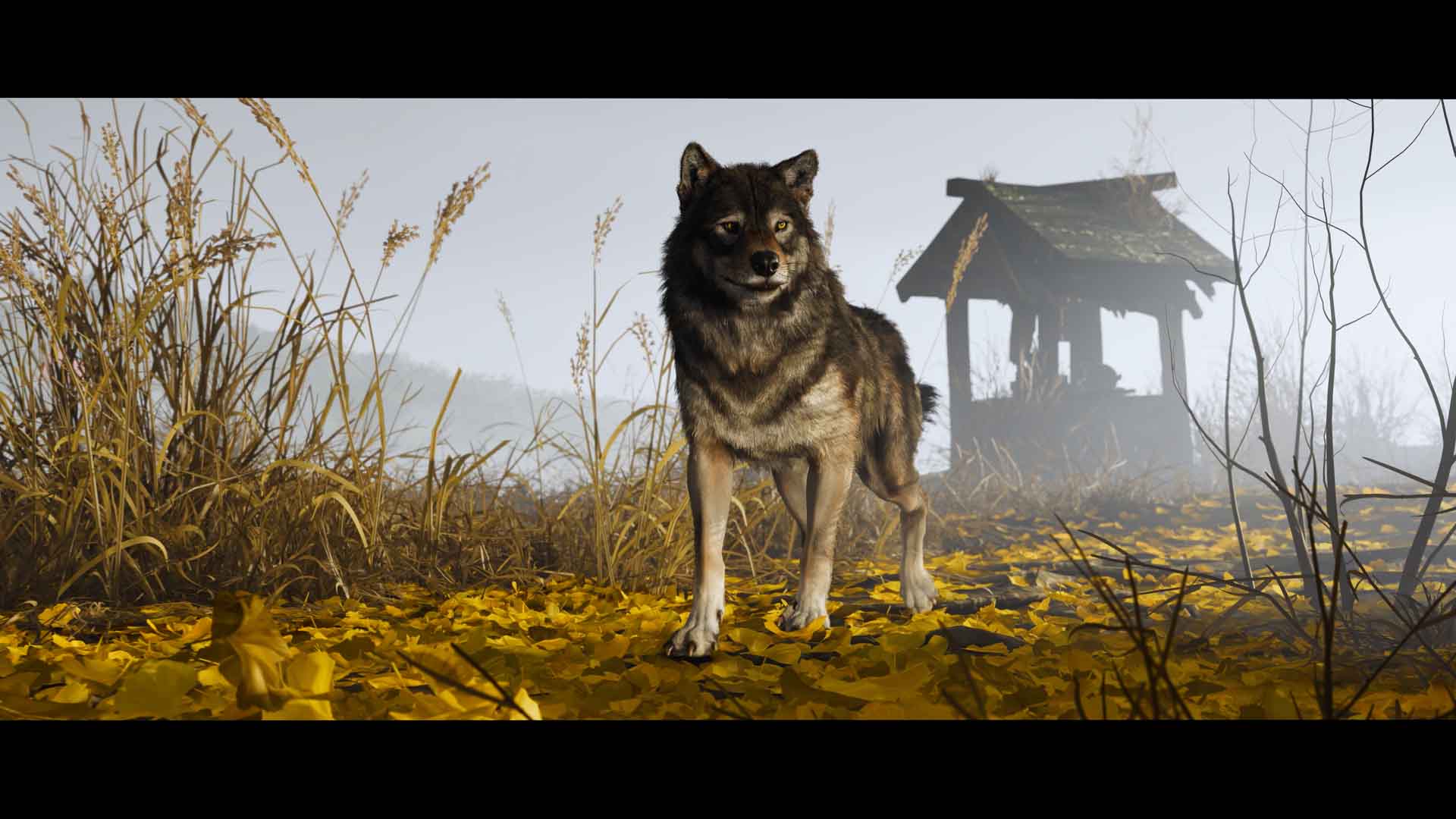
The story follows Atsu, a skilled warrior with a haunted past and a vengeance she refuses to let go. Years ago, her family was slaughtered by a group known as the Yotei Six, a council of warlords and mercenaries whose cruelty shaped the region’s history. The game opens strong, wasting no time setting the tone. Within minutes, you understand Atsu’s pain, her purpose, and the weight of what she’s about to do.
This story could have easily felt like a retread, we’ve played revenge tales in a heap of recent games, but Yotei finds a way to make it feel fresh. The pacing is sharper. The personal stakes are immediate. You’re not bogged down by exposition or legacy, instead, the game pulls you in quickly and gives you tangible reasons to care.
Each member of the Yotei Six isn’t just a name on a kill list. They’re distinct personalities with backstories that ripple across the land, former allies, betrayers, rulers who shaped Ezo’s fate. Atsu’s journey to track them down gives the game a clear structure, but it never feels repetitive thanks to the twists, shifting alliances, and the sheer quality of characters you meet along the way. Some are allies, others enemies, a number blur that line beautifully.
One of the most creative narrative tools Yotei uses is its approach to flashbacks. Instead of cutting to a static memory or short cinematic, you actually play through sections of Atsu’s earlier life. These aren’t long, but they’re effective, giving you direct control during key formative moments. Even better, these sequences often take place in the same parts of the map you’ll later visit in the present day, letting you see how time and tragedy have reshaped them. Maybe a thriving village from the past is now a burned-out husk for example. It’s a subtle but powerful form of environmental storytelling, and it makes Ezo feel like a living, evolving world that carries scars of its own. These playable flashbacks are far more engaging than just watching a cutscene. They give the story emotional texture, a contrast between who Atsu was and who she’s become, and they connect you to the land in a way that’s both narrative and mechanical.
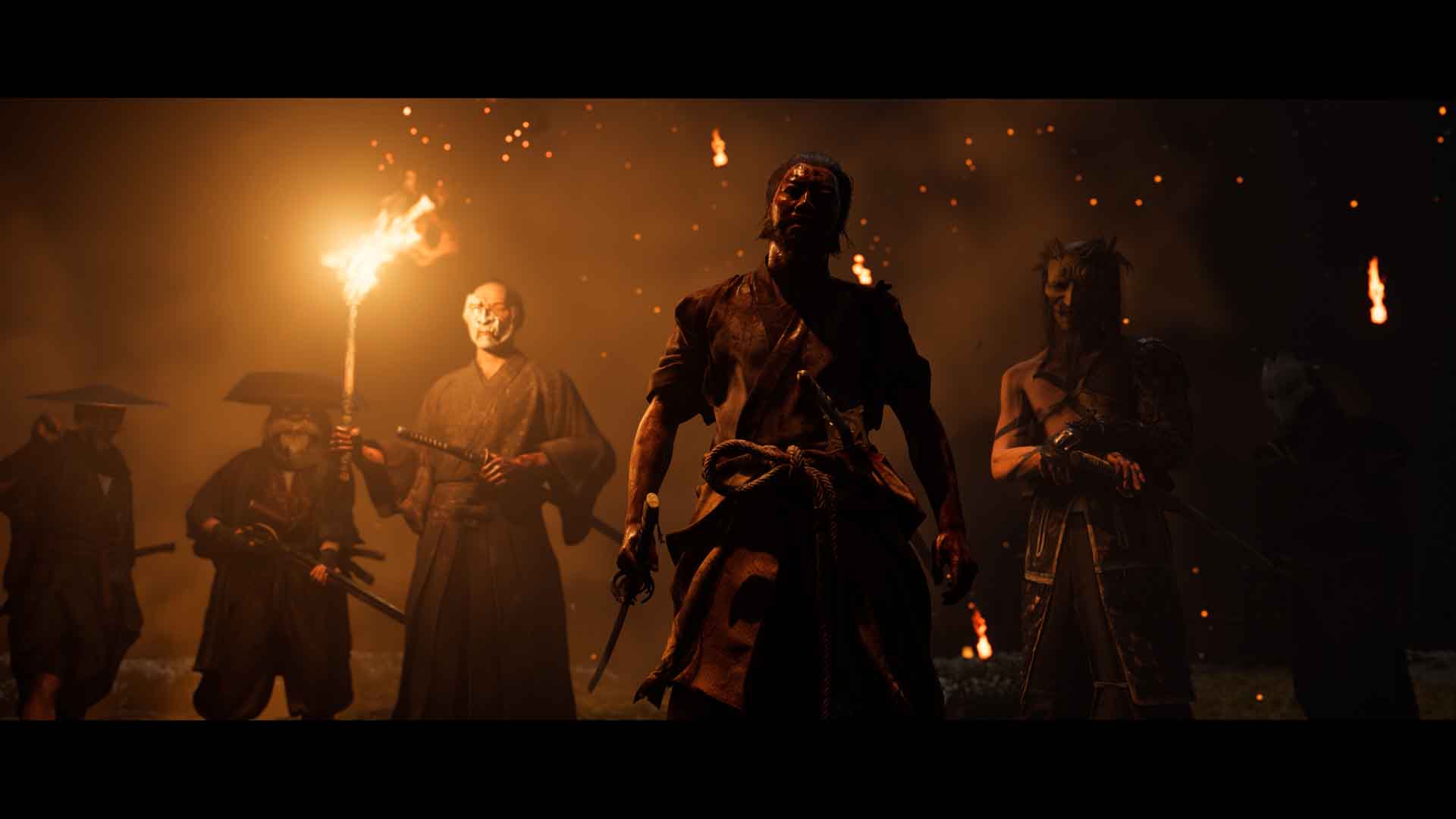
Along her journey, Atsu crosses paths with a number of people that collectively get referred to as The Wolfpack. Weapon masters, blacksmiths, hunters, and wanderers who each bring something unique to her mission. They’re not just background filler, they’re vital to the story and to Atsu’s growth as a warrior. Through them, you unlock new abilities, craft weapons, and deepen Atsu’s skillset. But what really surprised me is how well-developed these side characters are. I went in expecting standard quest givers, the kind you talk to, help once, and never see again, but Yotei gives them arcs, flaws, and personal motivations that matter. These relationships give the game a heartbeat beyond the bloodshed. They also make Atsu’s transformation feel earned. You’re not just upgrading stats, you’re evolving emotionally alongside her.
One thing Yotei absolutely nails is how it breaks up its intensity. Between the stealth missions, duels, and emotional story beats, there are small side activities that give you room to breathe, and they use the PS5 DualSense controller in some of the most creative ways I’ve seen.
The bamboo-cutting mini-game from Tsushima makes a welcome return, and it still feels great. You’ll also use the touchpad to draw ink lines when painting calligraphy, spark a flint by swiping to light a campfire, and even cook simple meals during camp downtime in a light cooking mini-game. They’re small additions, but they add a nice touch. These moments give the game rhythm, a sense of calm between chaos. They let you unwind, reflect, and take in the beauty of the world before heading back into battle.
Speaking of the world. Ezo might be one of the most beautiful and vibrant open worlds I’ve explored on PS5. It’s vast, layered, and bursting with life. You can tell the developers obsessed over every detail, the crunch of snow underfoot, the way sunlight cuts through fog, the rippling of wind through the trees.
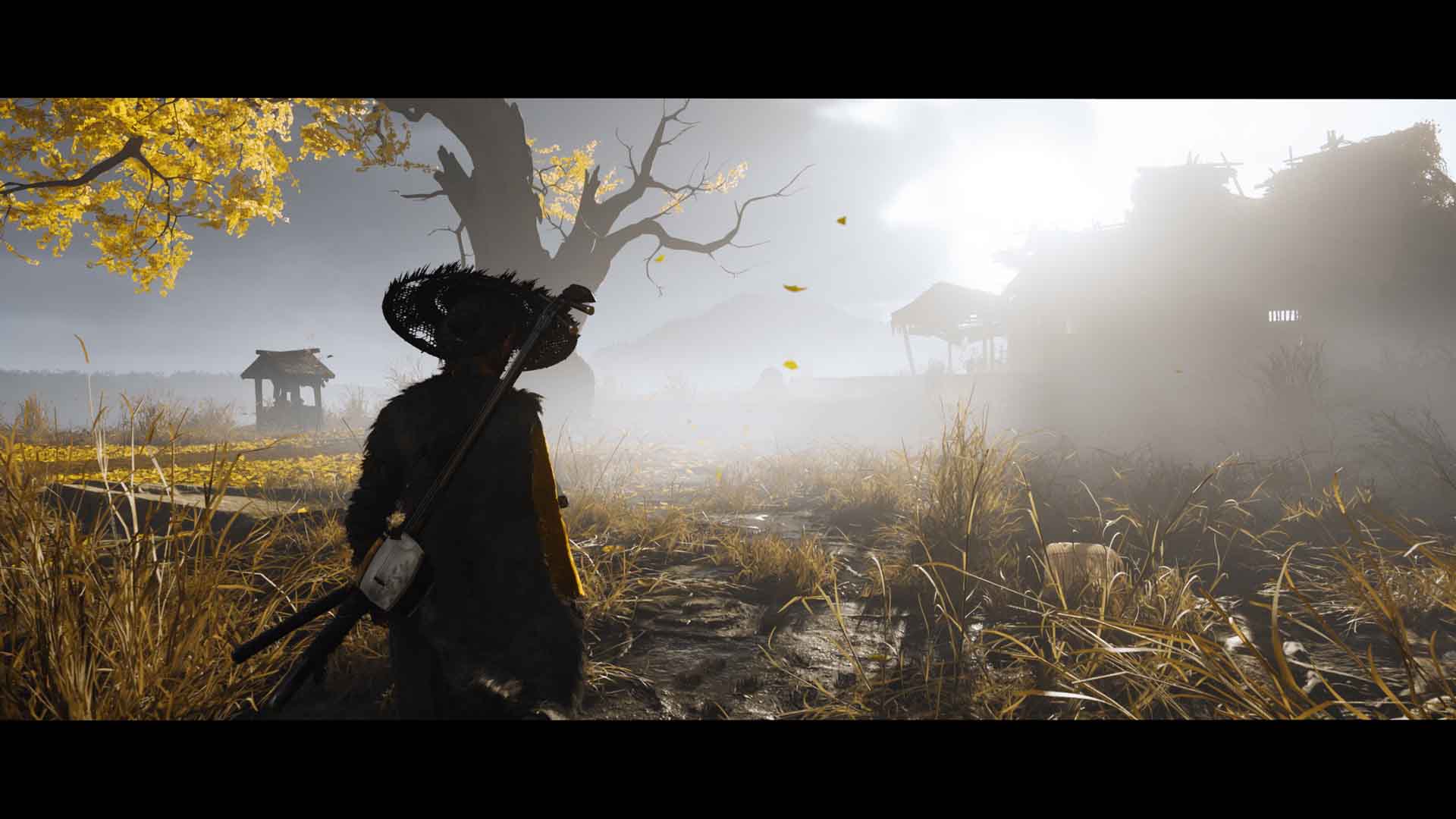
Outside of main and side missions, the world is packed with things to discover. Hot springs that grant you brief reflections and stat boosts. Golden birds that guide you to hidden secrets. Shrine climbs that challenge you with clever platforming puzzles. Enemy camps that are now more uniquely designed and tactically varied. Bounty hunts that send you tracking down elusive outlaws. Wolf dens that hide resources and lore. Altars of Reflection where Atsu can meditate and unlock new skills. The list goes on. What I loved most is how naturally you stumble upon these activities. You’re rarely following a checklist, you just explore, and the world rewards your curiosity. It’s a world that feels alive, not arranged. You’ll crest a ridge expecting nothing and find a story waiting to be told.
Then there are the side quests, or, more accurately, side stories. These aren’t filler. They’re surprisingly deeply written subplots that often rival the main story in emotional impact. I found some of the most memorable moments in Yotei through these smaller arcs. You’ll help villagers haunted by their pasts, ronin trying to regain honor, or farmers forced into war. These quests build the world out in ways the main story doesn’t have time to. They show how ordinary people are affected by the chaos swirling around them, and they help you understand what Atsu is fighting for, not just against.
They also have a mechanical payoff, as you complete them, Atsu’s reputation spreads. NPCs recognize her, her legend grows, and the world subtly shifts in response. It’s a small detail, but it makes your presence in Ezo feel meaningful.
Combat in Ghost of Yotei is a rush. Fast, stylish, and precise, it improves upon Tsushima’s already-great system by focusing on weapon variety instead of stance switching. You’ve got a diverse arsenal this time around. The katana for balanced duels. Dual blades for quick, fluid strikes. The yari spear for reach and crowd control. The kusarigama for disarming and disrupting. And the odachi, a massive blade for devastating heavy hits. Different enemy types require different weapons, and the game encourages you to adapt mid-fight. Some enemies crumble under fast dual attacks, others demand patience and perfect parries with heavier weapons. This keeps combat from feeling repetitive, every encounter becomes a tactical dance rather than a mindless brawl. The animations are slick, the impacts weighty, and the camera framing often feels cinematic without getting in the way. The sense of mastery when you dismantle a group of enemies flawlessly is addicting. Button mashing won’t get you far here, and that’s a good thing. The best fights, especially the duels against the Yotei Six, are as much mental as mechanical.
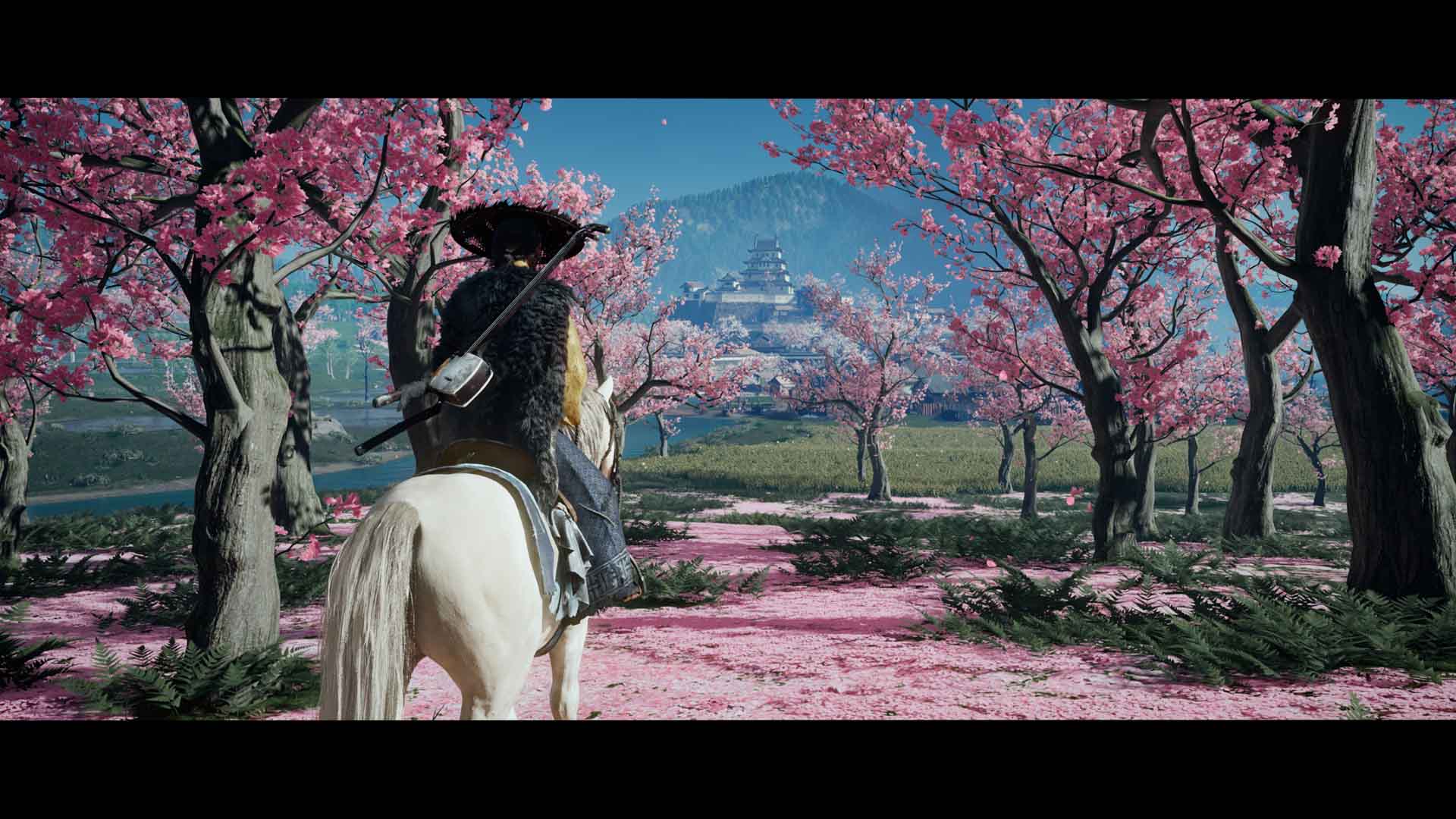
There’s no question, Ghost of Yotei is one of the most stunning games on PS5. I swapped between graphics and performance mode throughout my playthrough, and both options deliver. The performance mode holds rock-solid frame rates without sacrificing much fidelity, while graphics mode makes every blade of grass, every particle of snow, every drifting ember look almost painterly. The color palette is incredible, wildflowers in radiant pinks and purples, deep forests drenched in golden light, storms that roll across the sky with thunderous realism. And yet, when the game needs to get dark, it doesn’t shy away. There’s grit and blood and ugliness here, but it’s always framed with a strange beauty. Even the most brutal scenes have artistry in them. I did run into a few minor NPC hiccups, enemies getting stuck on geometry or taking a second to “remember” what they were doing, but they were fleeting and never pulled me out of the experience.
The performances are another major highlight. Erika Ishii absolutely nails Atsu, delivering a voice full of conviction, rage, and restraint. You can feel her grief and her drive in every line. The supporting cast, especially the Wolfpack characters and the members of the Yotei Six, also deliver strong performances. A few of the side characters aren’t quite at that same level, but the main group is top-tier. You can play in English or Japanese, and both voice tracks are excellent. I found myself switching between them, English for clarity, Japanese for immersion and both work beautifully.
And then there are the cinematic filters. The return of Kurosawa Mode, the black-and-white film grain homage, is a classy touch. But I really loved the addition of Watanabe Mode, which layers in hip-hop inspired beats and lo-fi music stylings reminiscent of one of my favourite anime series, Samurai Champloo. It’s a bold, unexpected twist that fits perfectly with the game’s tone.
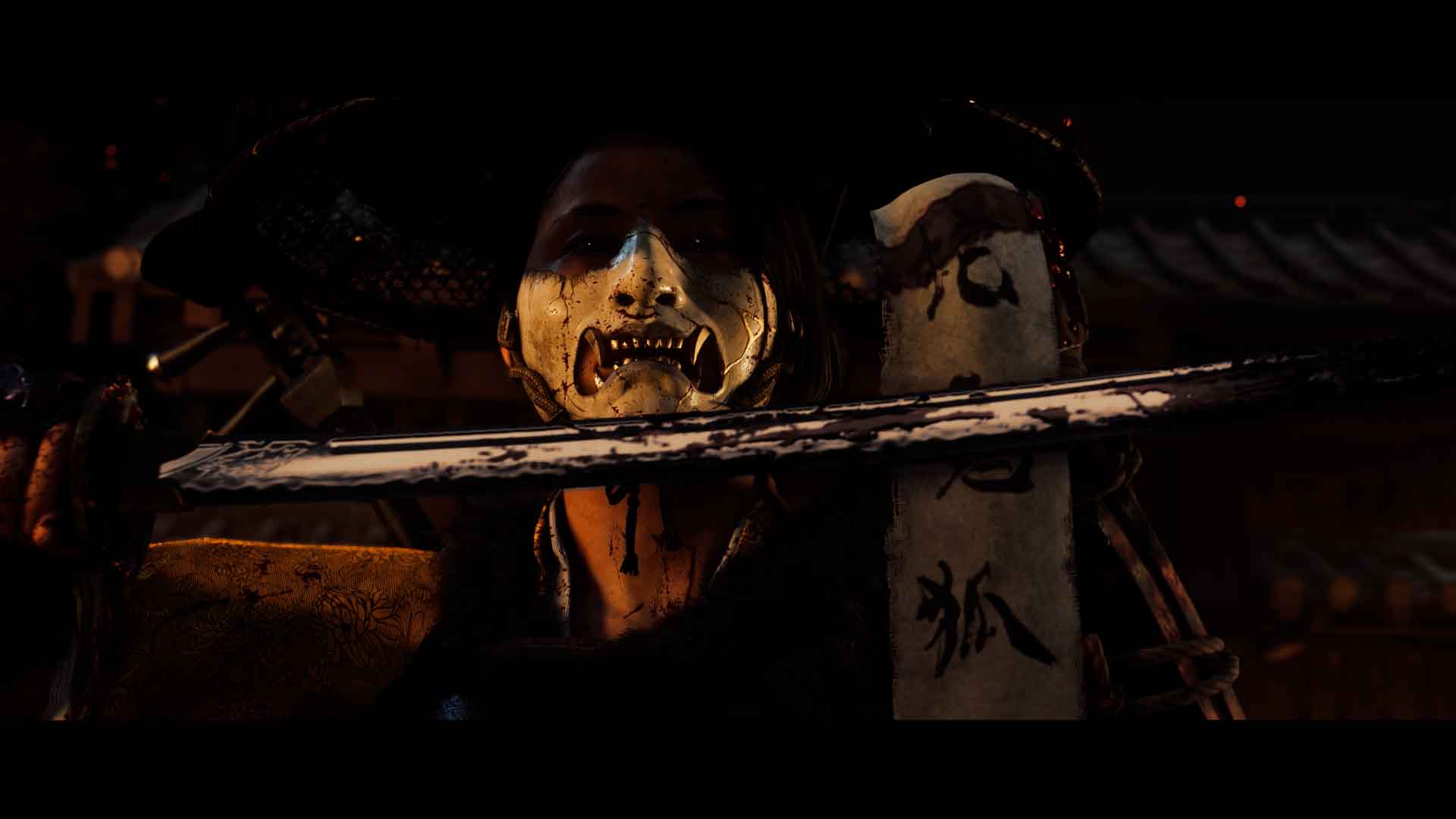
Final Thoughts
Ghost of Yotei is everything I wanted from a follow-up to Ghost of Tsushima, not because it copies that game, but because it understands it. It builds on its foundation, evolves its ideas, and delivers something that feels both familiar and new. Atsu’s story is sharp, emotional, and well-paced. The world of Ezo is breathtaking and full of discovery. The combat is deeper, faster, and more flexible. The DualSense integration makes small interactions satisfying. And the characters, from Atsu herself to the wider cast, bring warmth and humanity to a story driven by vengeance.
Sure, there are small rough edges, an occasional animation glitch here, a few side activities that feel a bit too familiar there. But none of it overshadows how impressive the total package is.
If Ghost of Tsushima was about the birth of the ghost, Ghost of Yotei is about what comes after, the echoes of that legacy, and the question of whether revenge can ever bring peace. It’s one of the best action-adventure games on PS5 and a masterclass in how to honor a predecessor while forging your own path.
A PS5 review code was provided by the publisher for the purpose of this review.
If you want to see more content like this and never miss one of our frequent gaming and anime giveaways come and Follow Ani-Game on Twitter.
9
- + A gorgeous open world, packed with things to do
- + Evolves in the ways a sequel should
- + Great cast of characters and performances
- + Combat changes make the game feel fresh
